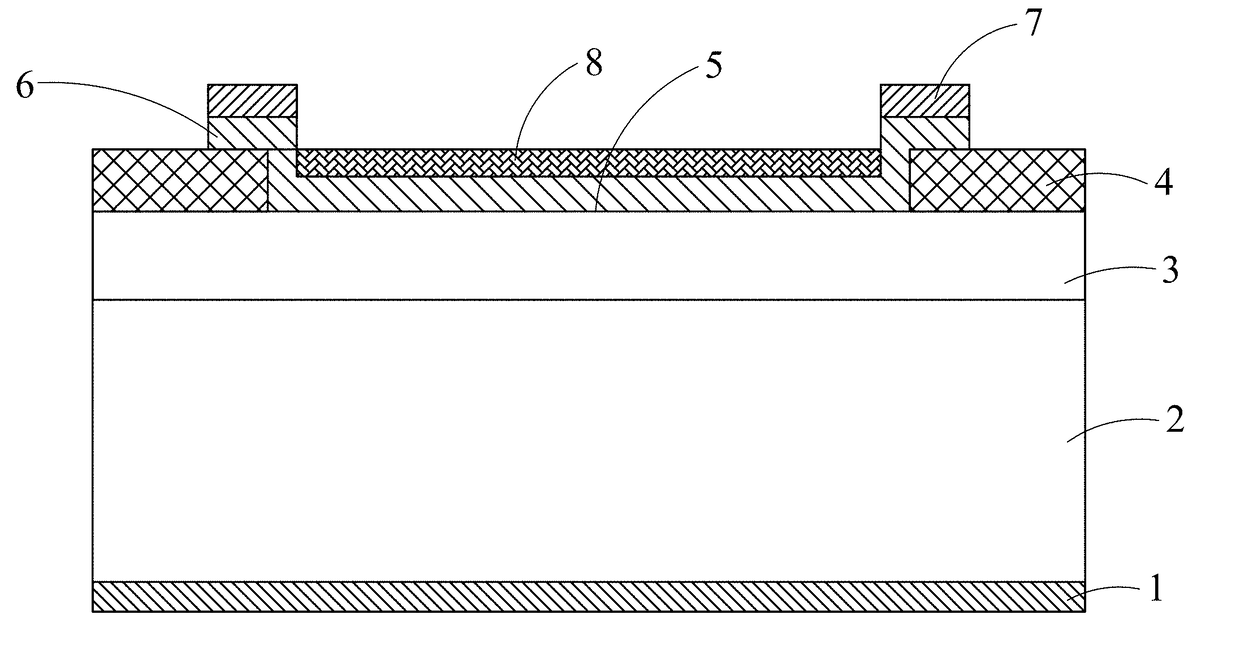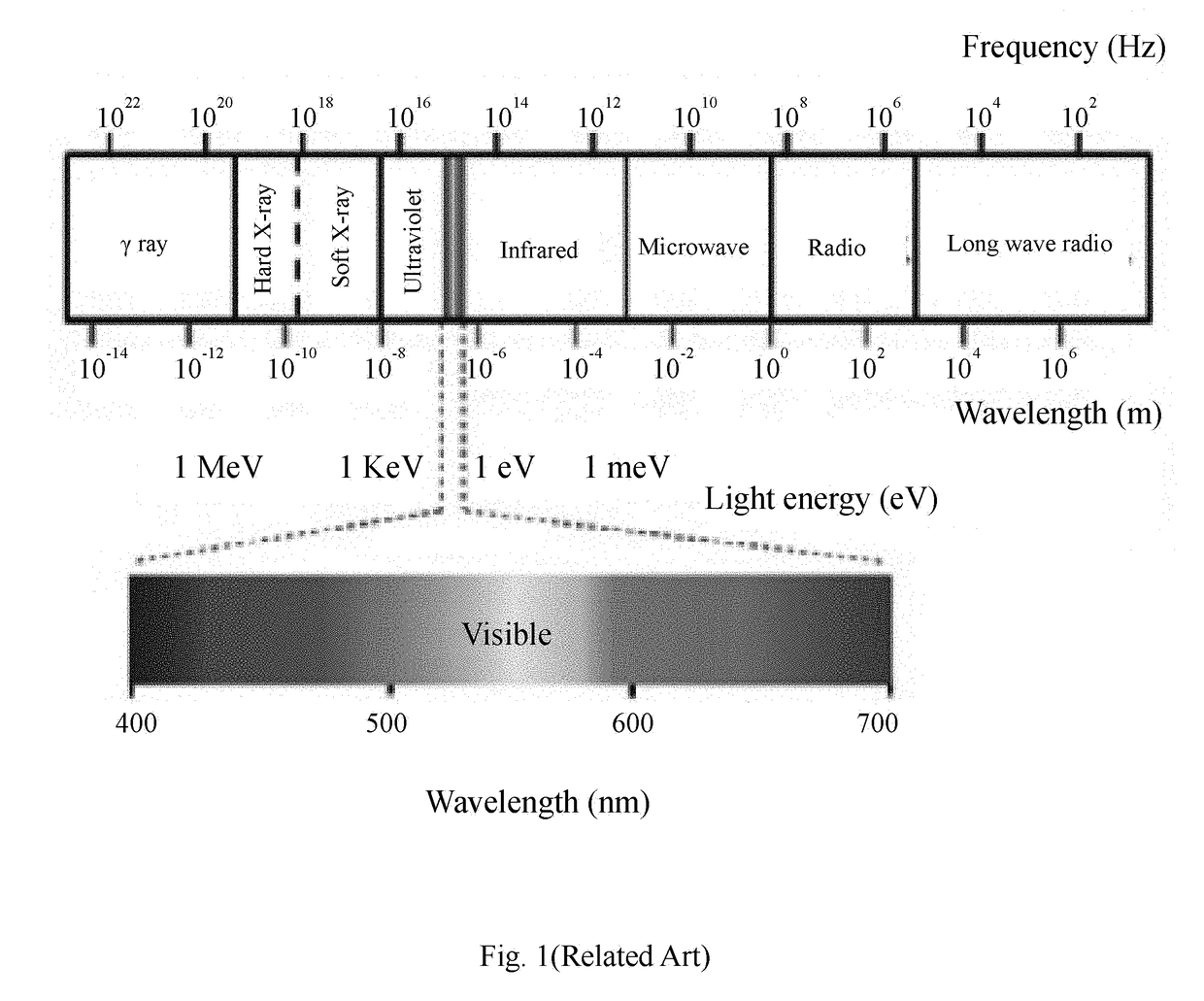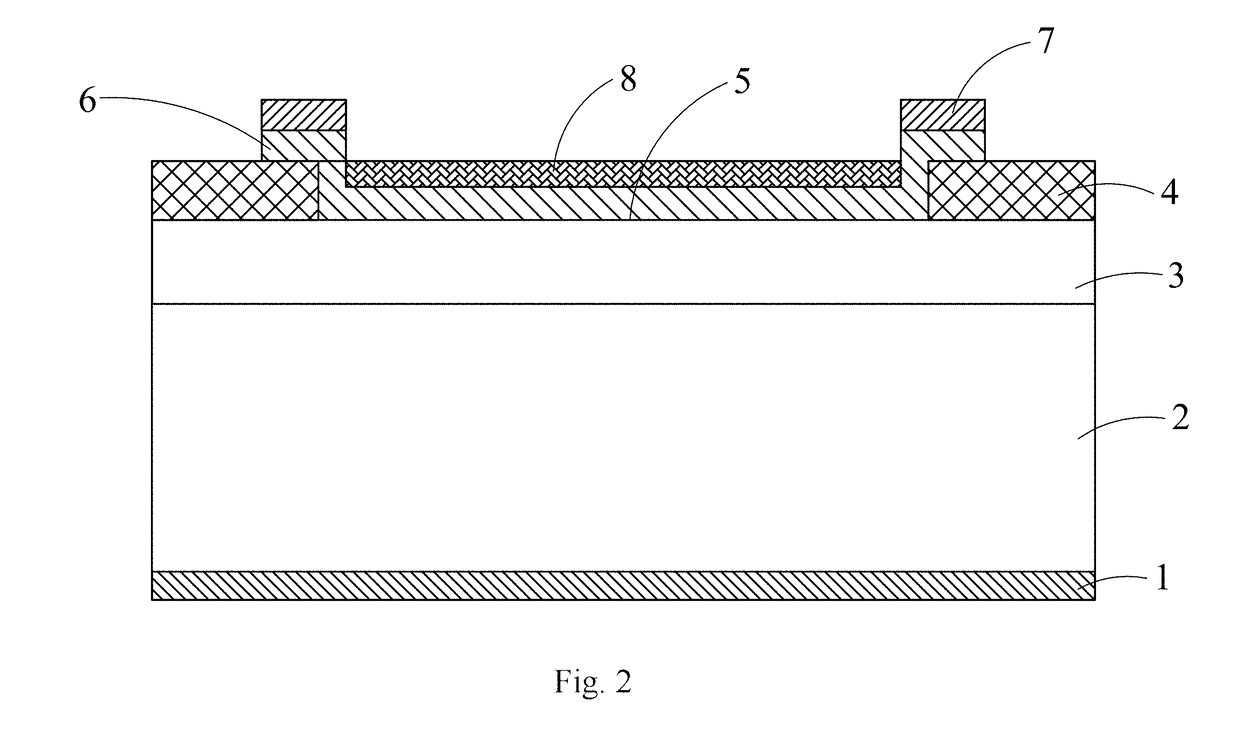Pi-orbital semiconductor quantum cell
a quantum cell and orbital semiconductor technology, applied in semiconductor devices, solid-state devices, nuclear engineering, etc., can solve the problems of low conversion efficiency of nuclear energy to electric energy between two types of nuclear batteries, and achieve the effects of reducing the carrier concentration, increasing the collection efficiency of electron-hole pairs, and increasing the width of a depletion region
- Summary
- Abstract
- Description
- Claims
- Application Information
AI Technical Summary
Benefits of technology
Problems solved by technology
Method used
Image
Examples
Embodiment Construction
[0028]The detailed description and preferred embodiments of the invention will be set forth in the following content, and provided for people skilled in the art so as to understand the characteristics of the invention.
[0029]Referring to FIGS. 2 and 3, a quantum cell is disclosed in an embodiment of the present invention, and the cell comprises: an N-type ohmic contact electrode (1), an N-type π-orbital semiconductor substrate (2), an N-type π-orbital semiconductor epitaxy layer (3), a SiO2 passivation layer (4), a graphite contact layer (5), a Schottky contact electrode (6), a binding layer (7), and a radioisotope layer (8). The N-type π-orbital semiconductor substrate (2) includes an organic semiconductor material with an aromatic group or a semiconductor material with a carbon-carbon bond. The N-type π-orbital semiconductor epitaxy layer (3) has a doping concentration of 1×1013-5×1014 cm−3 and is formed by injection of a cationic complex in a dose of 6×1013-1×1015 cm−3.
[0030]The N...
PUM
 Login to View More
Login to View More Abstract
Description
Claims
Application Information
 Login to View More
Login to View More - R&D
- Intellectual Property
- Life Sciences
- Materials
- Tech Scout
- Unparalleled Data Quality
- Higher Quality Content
- 60% Fewer Hallucinations
Browse by: Latest US Patents, China's latest patents, Technical Efficacy Thesaurus, Application Domain, Technology Topic, Popular Technical Reports.
© 2025 PatSnap. All rights reserved.Legal|Privacy policy|Modern Slavery Act Transparency Statement|Sitemap|About US| Contact US: help@patsnap.com



